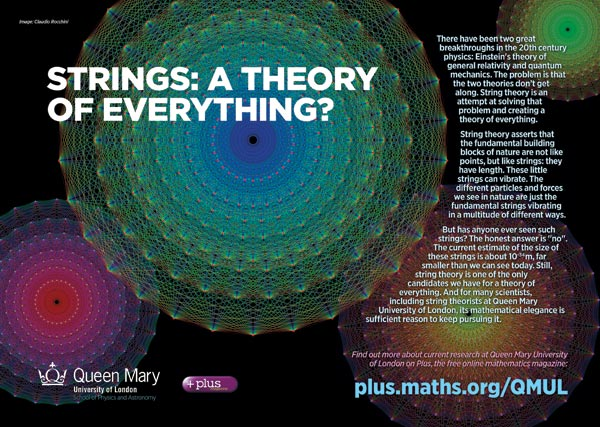
If this idea is true, it implies limits on the amount of inflation that could happen, because too much of it would mean too much magnification of the trans-Planckian details. Their new trans-Planckian censorship conjecture asserts that extremely tiny quantum fuzziness should always stay extremely tiny and quantum, despite the magnifying effect of expansion. Vafa and Bedroya have given a simple answer: forget about it. But how that step will happen remains an open question. Proponents of inflation have typically had to assume that they can one day work those “trans-Planckian” details into it and that they will not make a big difference to any predictions. Physicists lack a working theory that describes the world below the level of the so-called Planck length, an extremely minute distance where they expect the quantum side of gravity to appear. It turns out that inflation already has an unsolved problem looking for a solution: theorists have not all agreed on what happens to the very tiniest quantum details when expansion occurs and magnifies the static of the vacuum. They found a candidate in a surprising place. These kinds of questions led Vafa and his Harvard collaborator Alek Bedroya to seek out a physics-based reason that could justify the swampland conjecture. One approach to building confidence might try to explain what sort of physical rule would limit inflation-or, to put the inquiry in a more practical way: How could string theorists hope to persuade cosmologists to reconsider a favored theory? “First is being more confident in the principle. According to Cumrun Vafa, a physicist at Harvard University and one of the swampland conjecture’s authors, researchers can start to build a case for the idea if they can connect it to trusted physical laws. “But it has to be a very short period of inflation.”Īny limit on inflation would raise the prospect of testing string theory against actual data, but a definite test requires a proof of the conjecture. Brahma hopes to refine the swampland conjecture to something that would not bar inflation entirely. But many believe that although the conjecture might not hold up rigidly, something close to it will. No one has proved the swampland conjecture, and several string theorists still expect that the final form of the theory will have no problem with inflation. This so-called de Sitter swampland conjecture claimed that any version of the concept that could describe de Sitter space-a term for the kind of universe in which we expect inflation to take place-would have some kind of technical flaw that put it in a “swampland” of rejected theories.
#All about strings theory series#
In 2018 a group of string theorists took a series of suggestive results and argued that this difficulty reflected an impossibility-that perhaps inflation just cannot happen in the theory. “It has been a lingering doubt in the back of the minds of many in string theory: Does it really work?” “It depends who you ask,” says Suddhasattwa Brahma, a cosmologist at McGill University. The most promising road to doing so-the so-called KKLT construction-does not convince everyone. Theorists have had difficulty, though, showing how, or if, inflation works in string theory. The process magnified random blips in the quantum vacuum and converted them into the galaxies and other stuff around us. The theory says that the early universe went through a phase of extreme expansion. Inflation explains how, in a sense, we got everything in the universe from nothing. “Inflation is the most compelling explanation for why our universe looks the way it does and where the structure came from,” says Marilena Loverde, a physicist at Stony Brook University. And string theory, it turns out, has a persistent problem describing the most popular account of what went on during the universe’s earliest moments after the big bang: inflation. One way to rule out the idea is if we can prove that it does not predict an essential feature of the universe. What it comes down to is this question: Does the universe show us all of its quantum secrets, or does it somehow hide those details from our classical eyes? Because if the details can be seen, string theory might not be able to explain them.

Now some scientists say we may have a way to do exactly that, thanks to a new conjecture that pits string theory against cosmic expansion. Yet a contrary opinion is that the concept is practically pseudoscience, because it seems to be nearly impossible to test through experiments. Many physicists consider string theory our best hope for combining quantum physics and gravity into a unified theory of everything.


 0 kommentar(er)
0 kommentar(er)
